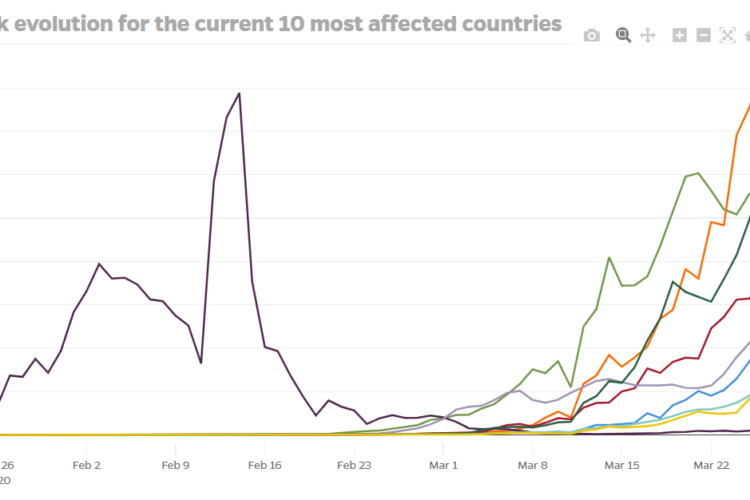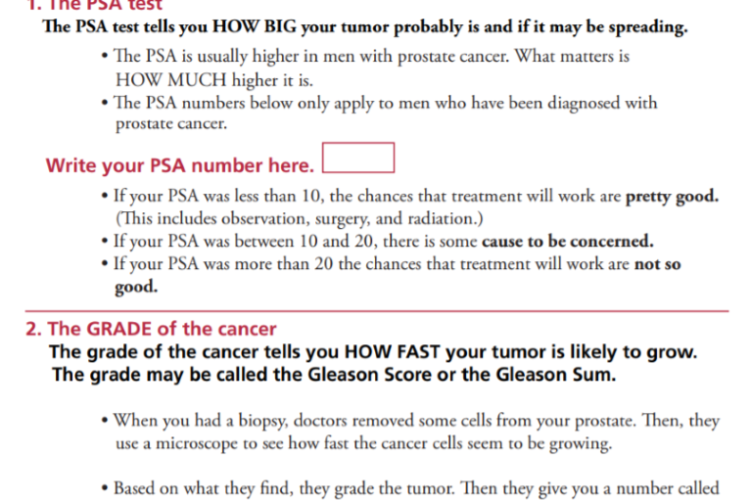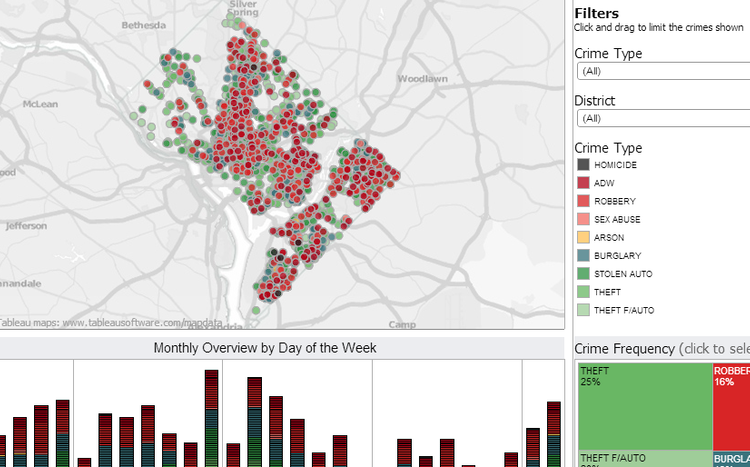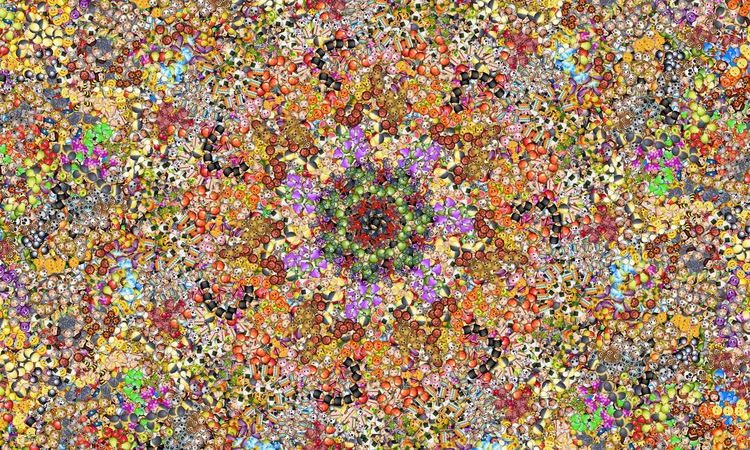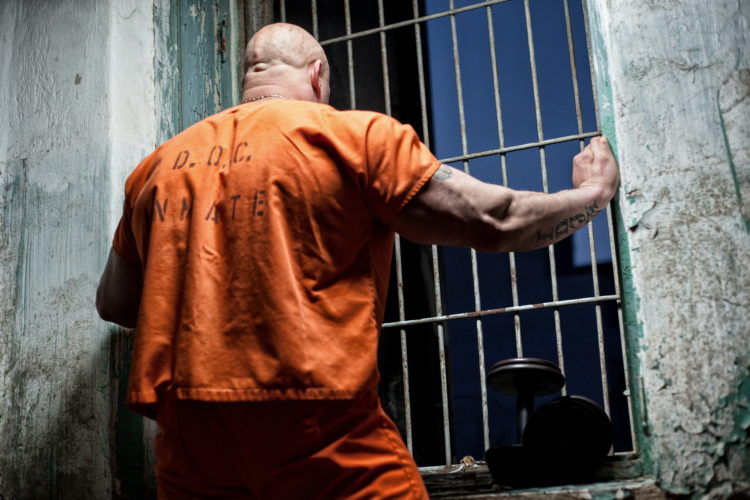This is an anxious time for anyone in policy / decision analysis. Machine learning, analytics, statistical models, and decision intelligence are helping leaders grapple with the coronavirus pandemic, but weighing alternatives and connecting actions → outcomes requires so many things. Once the modeling is complete and the data visualizations are shared, then what? Newly anointed […]
How we decide is no less important than the data we use to decide. People are recognizing this and creating innovative ways to blend what, why, and how into decision processes. 1. Apply behavioral science → Less cognitive bias McKinsey experts offer excellent insight into Behavioral science in business: Nudging, debiasing, and managing the irrational […]
1. Vigilance → Better algorithms “Eliminating bias… requires constant vigilance on the part of not only data scientists but up and down the corporate ranks.” In an insightful Information Week commentary, James Kobielus (@jameskobielus) considers the importance of Debiasing Our Statistical Algorithms Down to Their Roots. “Rest assured that AI, machine learning, and other statistical […]
Suppose you’ve gotten a cancer diagnosis. Would your business experience help you navigate the care pathway? Larry Neal describes how he applied his Decision Analysis skills to prostate treatment in Eight Lessons from a Decision Professional’s Cancer Decision. When a physician said Neal had a 30% chance of having cancer, but his analysis suggested 95-99%, […]
1. Debiasing → Better decisions Debiasing is hard work, requiring honest communication and occasional stomach upset. But it gets easier and can become a habit, especially if people have a systematic way of checking their decisions for bias. In this podcast and interview transcript, Nobel-winning Richard Thaler explains several practical ways to debias decisions. First, […]
Technology helps us discover meaningful patterns: Buying behavior, criminal activity, health effects. But when we succumb to pretty pictures and mindless measurement, shiny data fails to help answer important questions. Source: Tableau. This data visualization tool would be great for someone seeking crime stats – say, for law enforcement or house buying. But it doesn’t […]
1. It’s tempting to think there’s a hierarchy for data: That evidence from high-quality experiments is on top at Level 1, and other research findings follow thereafter. But even in healthcare – the gold standard for the “gold standard” – it’s not that simple, says NICE in The NICE Way: Lessons for Social Policy and […]
Smart decision-making is more complicated than becoming ‘data-driven’, whatever that means exactly. We know people can make better decisions if they consider relevant evidence, and that process is getting easier. But too often tech enthusiasts dismiss people’s decisions as based on gut feel, as if data will save us from ourselves. Let’s put an end to […]
Sometimes we fool ourselves into thinking that if people just had access to all the relevant data, then the right decision – and better outcomes – would surely follow. Of course we know that’s not the case. A number of things block a clear path from evidence to decision to outcome. Evidence can’t speak for […]
1. Jason Zweig tells the story of randomistas, who use randomized, controlled trials to pinpoint what helps people become self-sufficient around the globe. The Anti-Poverty Experiment describes several successful, data-driven programs, ranging from financial counseling to grants of livestock. 2. Can an early childhood program prevent child abuse, crime, drug abuse, and neglect? Yes, says […]
